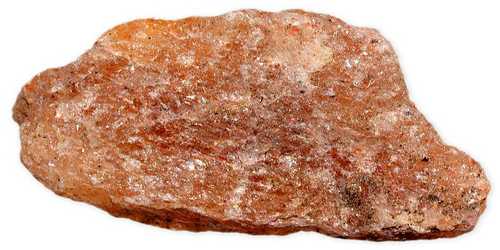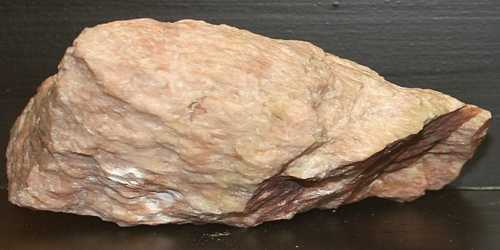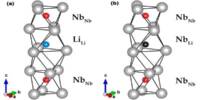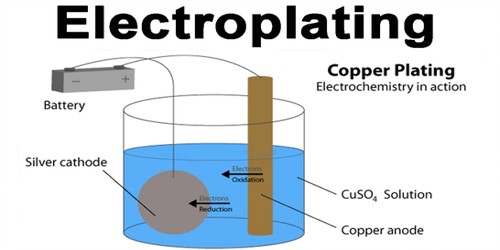Alunite is a hydrated aluminum potassium sulfate mineral, formula KAl3(SO4)2(OH)6. It is a sulfate mineral, first discovered in Monti della Tolfa, Rome, in the 15th century, where it is mined for the manufacture of alum. First called aluminilite by J.C. Delamétherie in 1797, this name was contracted by François Beudant three decades later to alunite. It is rarely found in the massive material cavities as distinct crystals.
Alunite crystals morphologically are rhombohedra with interfacial angles of 90° 50′, causing them to resemble cubes. Crystal symmetry is trigonal. It occurs as veins and replacement masses in rhyolite, trachyte, and other potassium-rich volcanic rocks. Minute glistening crystals have also been found loose in cavities in altered rhyolite. Alunite varies in color from white to yellow-gray.
General Information
- Category: Sulfate minerals
- Formula: KAl3(SO4)2(OH)6
- Crystal system: Trigonal
- Member of: Alunite Group > Alunite Supergroup
- Transparency: Transparent, Translucent.
It is formed by the action of sulfuric acid bearing solutions on these rocks during the oxidation and leaching of metal sulfide deposits. Alunite also is found near volcanic fumaroles. The white, finely granular masses closely resemble finely granular limestone, dolomite, anhydrite, and magnesite in appearance.

Properties
Alunite can be identified in white, gray, reddish-gray, and yellowish-white color. It has a transparent to translucent appearance. It is a non-fluorescent mineral, with a vitreous luster, a white streak, and perfect cleavages. The fractures on the flat surfaces are uneven. Its crystals appear massive, granular, and fibrous.
The average density of alunite is 2.74 g/cm3, and its relative hardness ranges from 3.5 to 4.
- Color: Yellow, red, to reddish brown, colorless if pure; may be white, pale shades of gray
- Crystal habit: fibrous to columnar, porcelaneous, commonly granular to dense massive
- Cleavage: On {0001}, perfect
- Fracture: Conchoidal
- Tenacity: Brittle
- Mohs scale hardness: 3.5 – 4
- Luster: Vitreous, somewhat pearly on {0001} for crystals, earthy if massive
- Streak: White
- Diaphaneity: Transparent to translucent
- Specific gravity: 2.6 – 2.9
Occurrence
Alunite is formed between 15°C (59°F) and 400°C (752°F) by the action of sulfate generated from pyrite or solfataric action on aluminous rocks, along with silicification and kaolinization.
It is closely associated with quartz, gypsum, pyrite, diaspore, halloysite, and kaolinite.
Information Source;
















